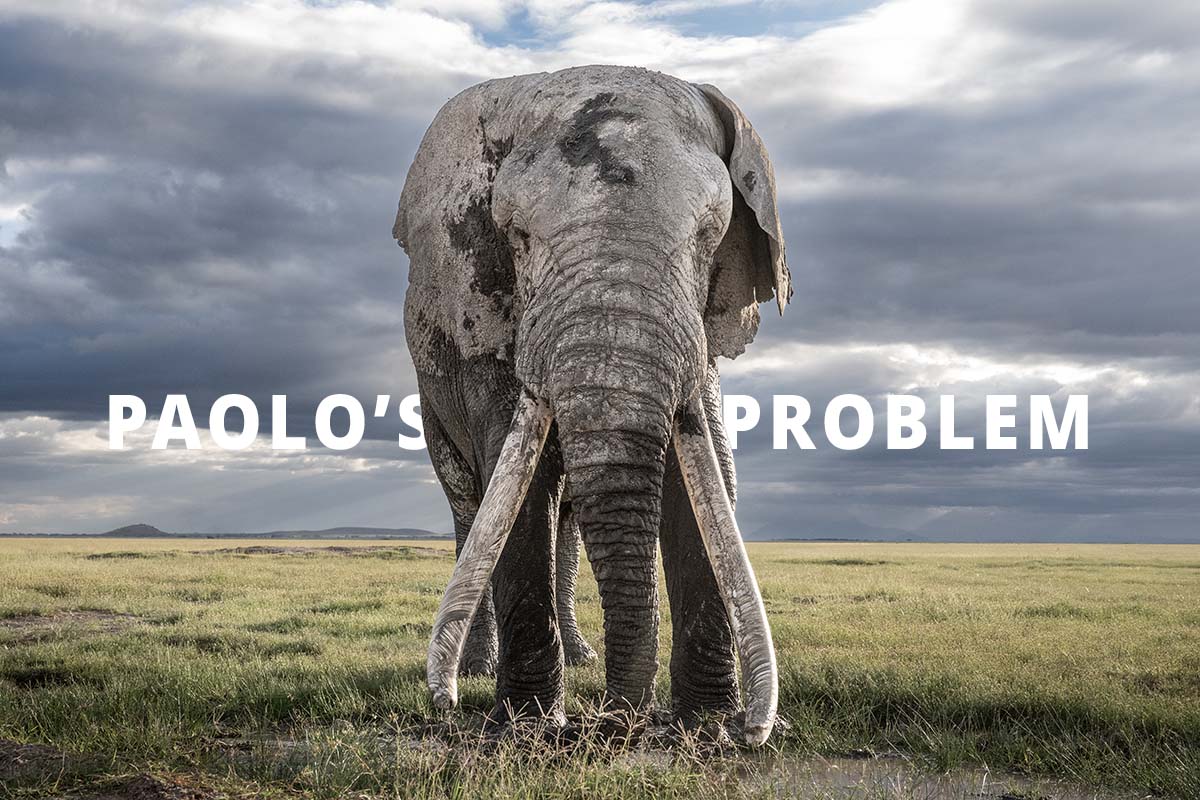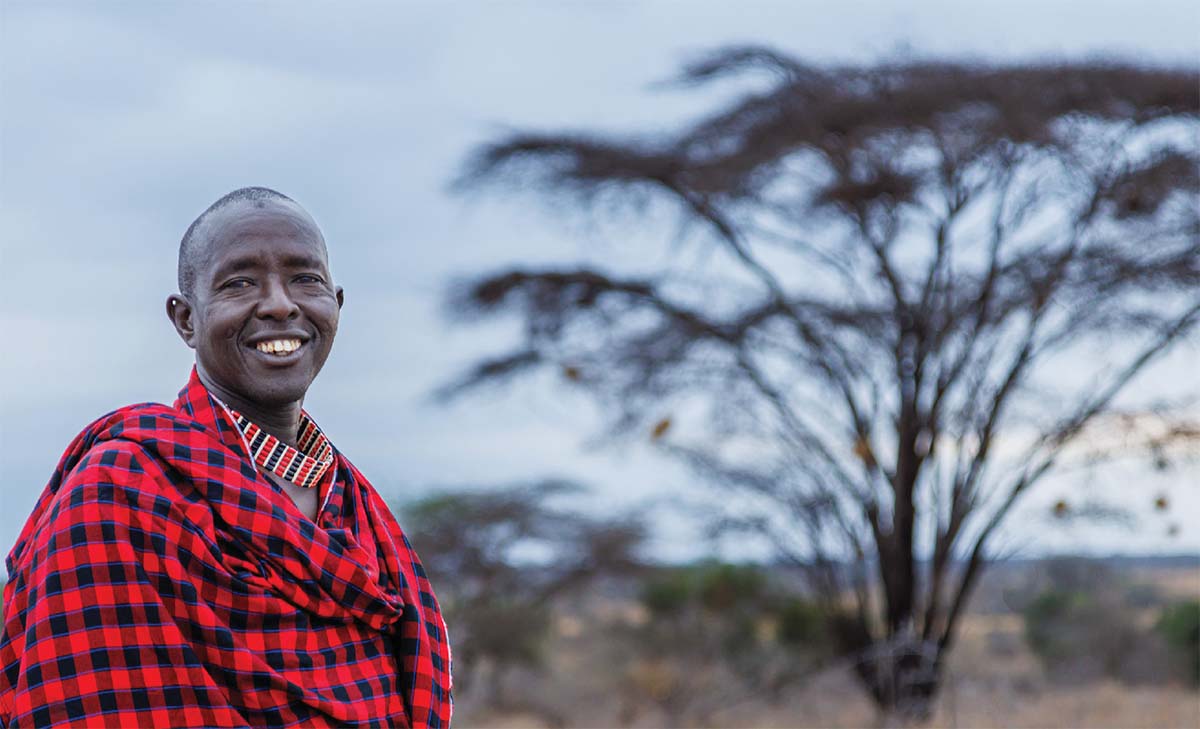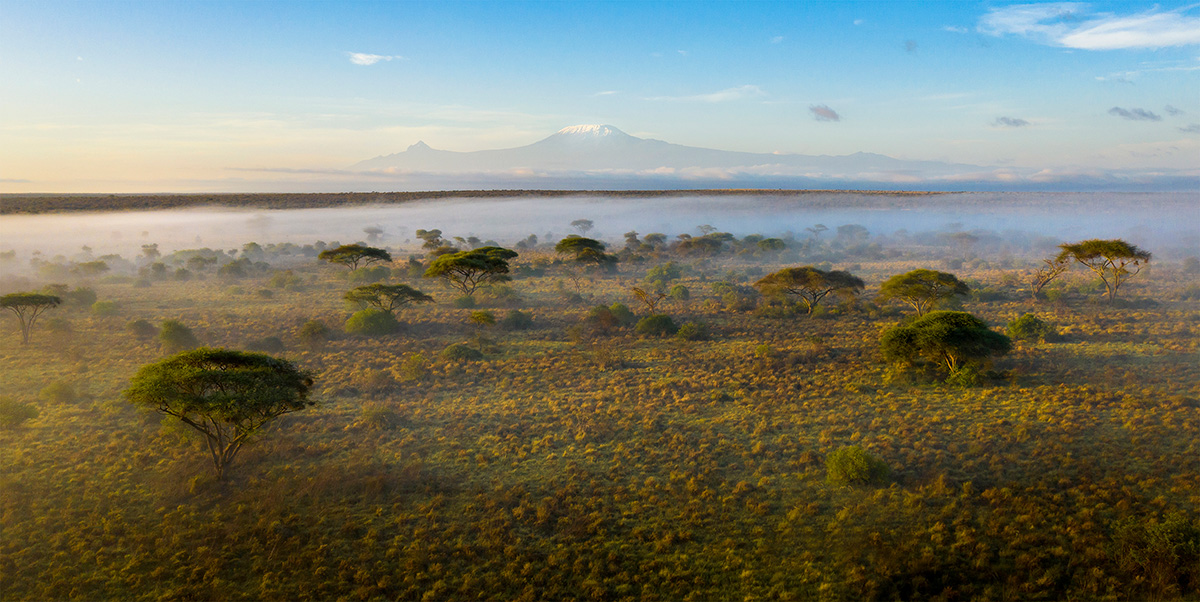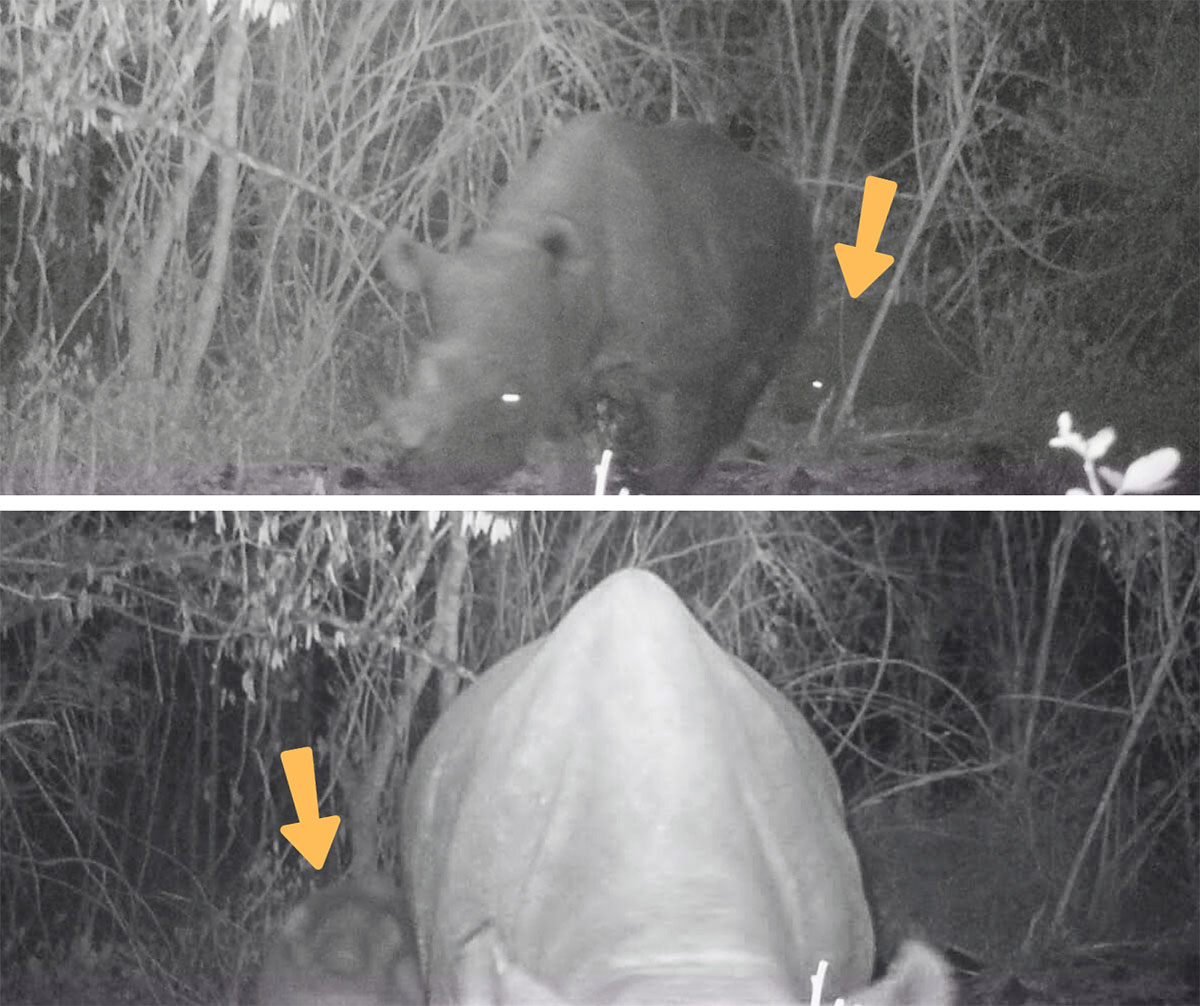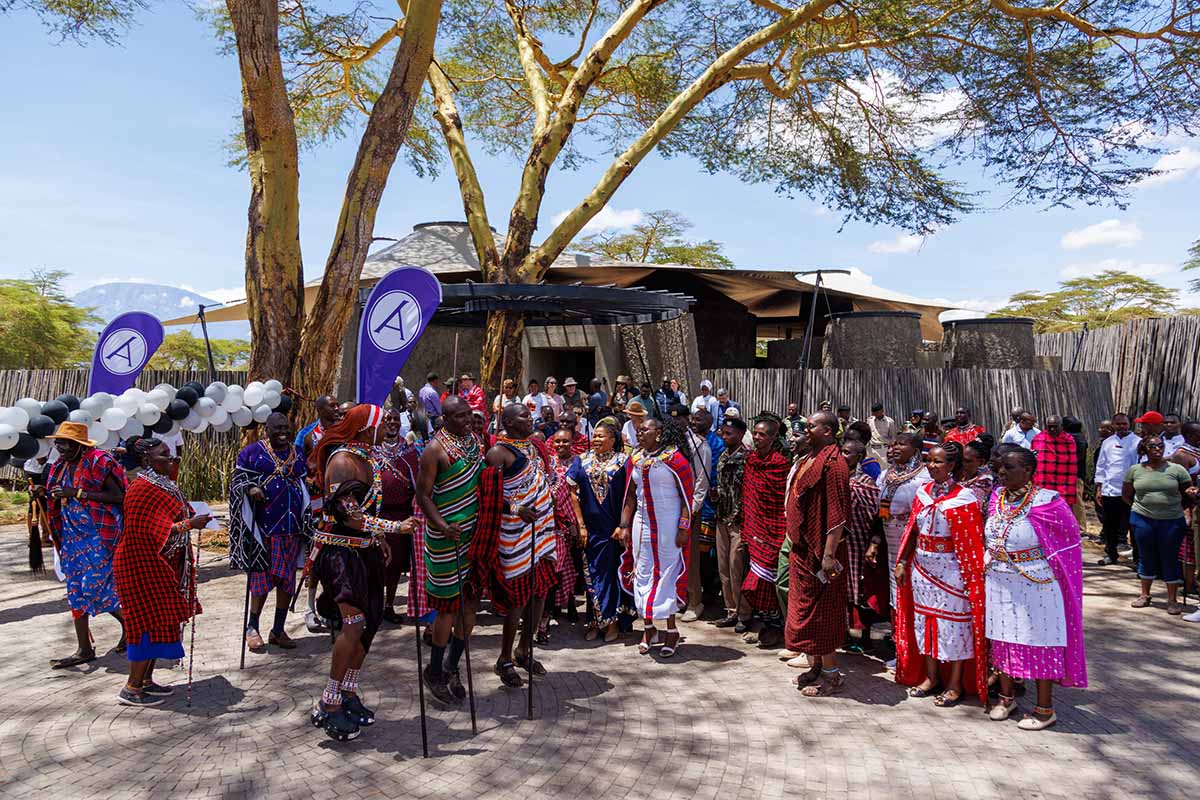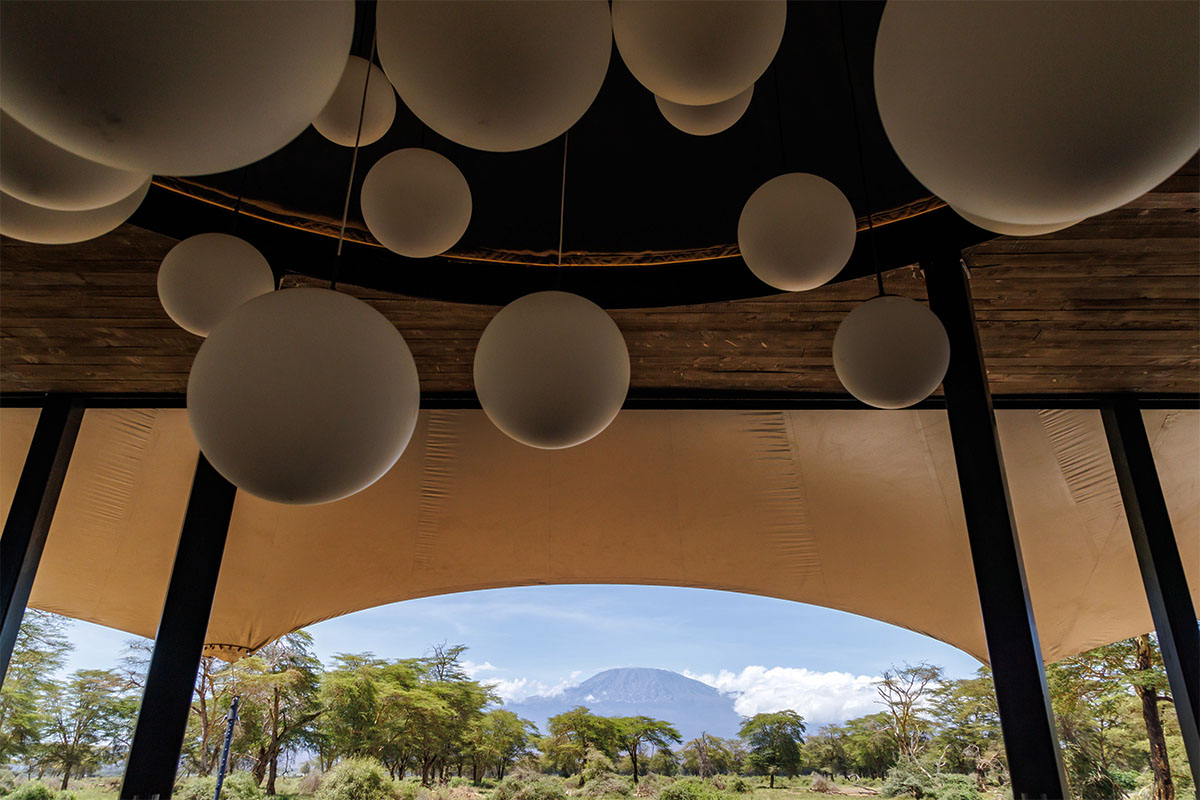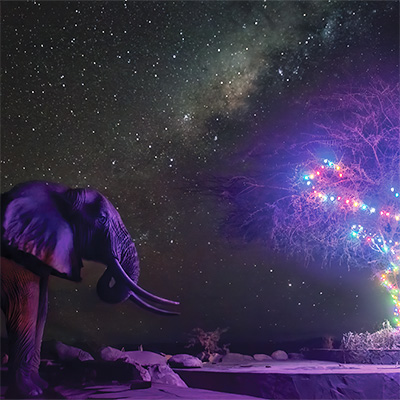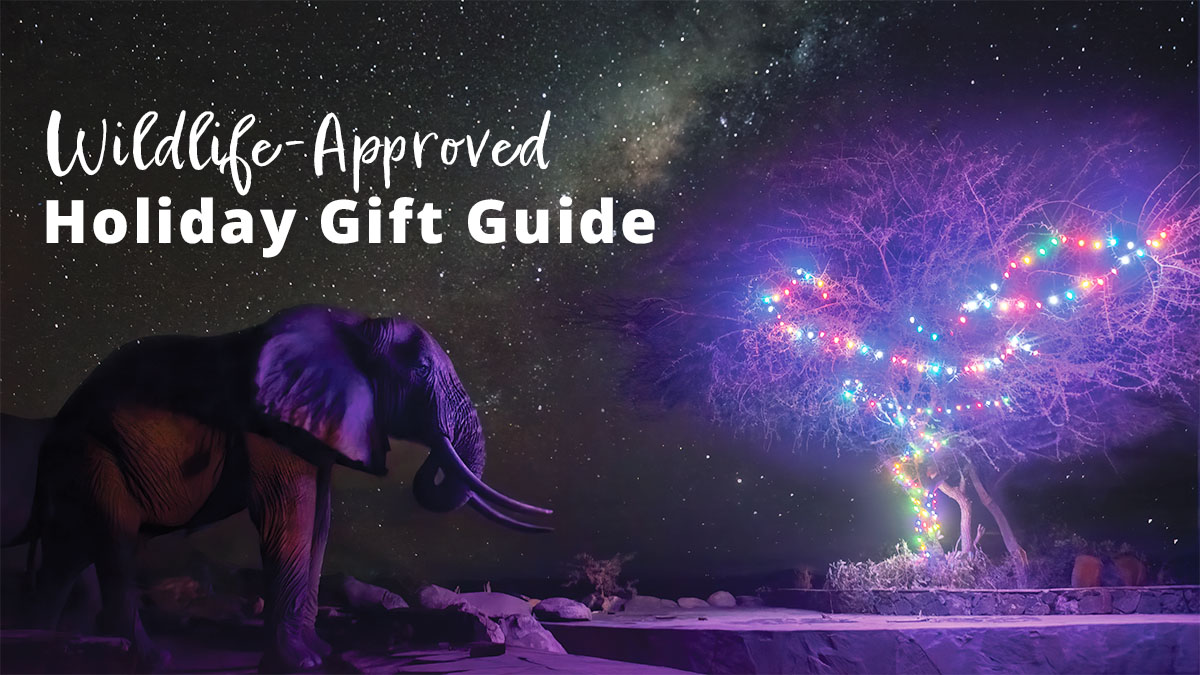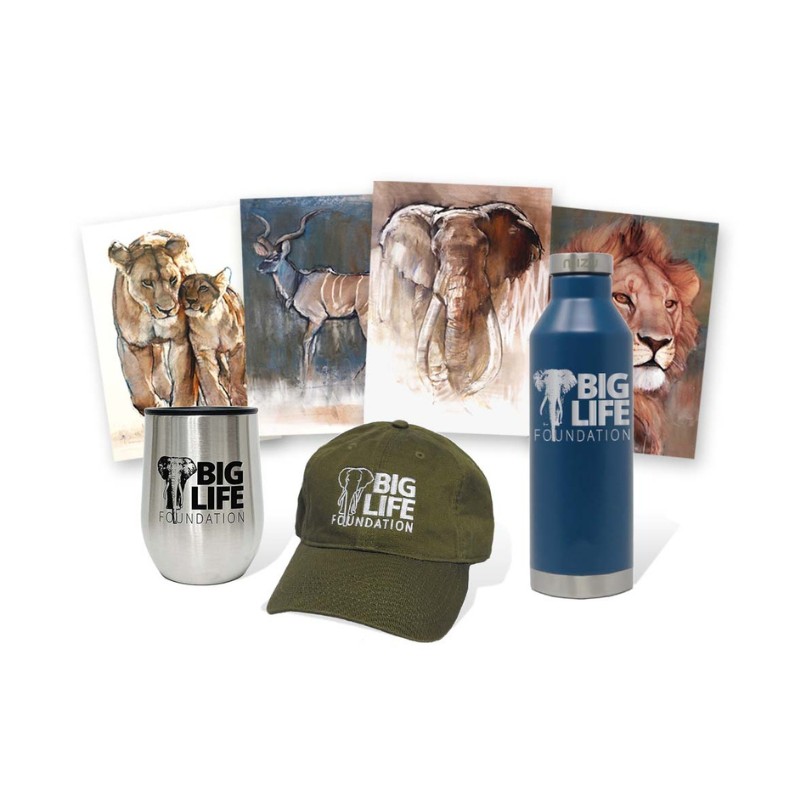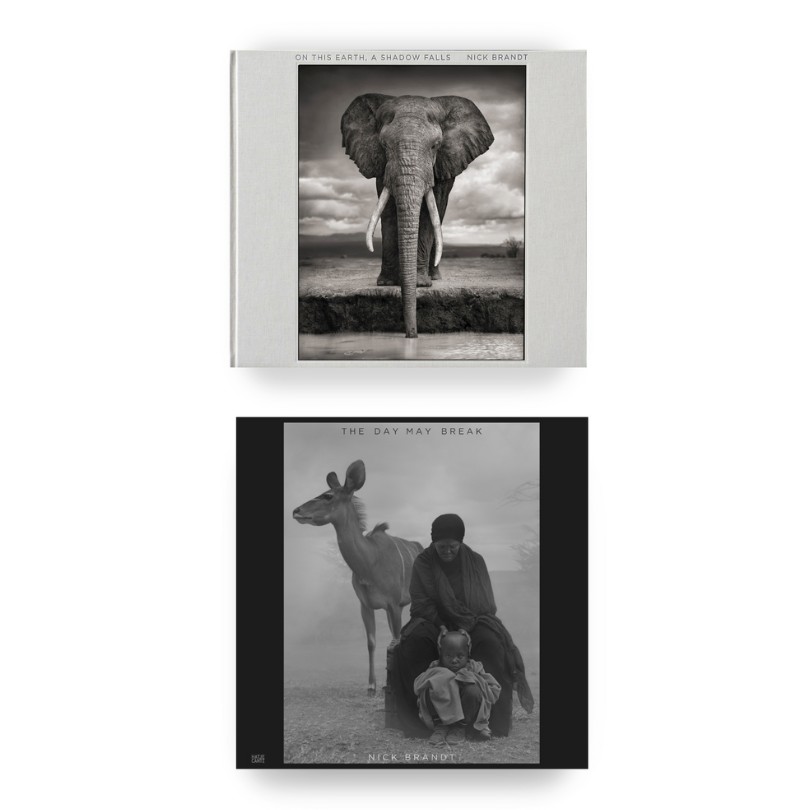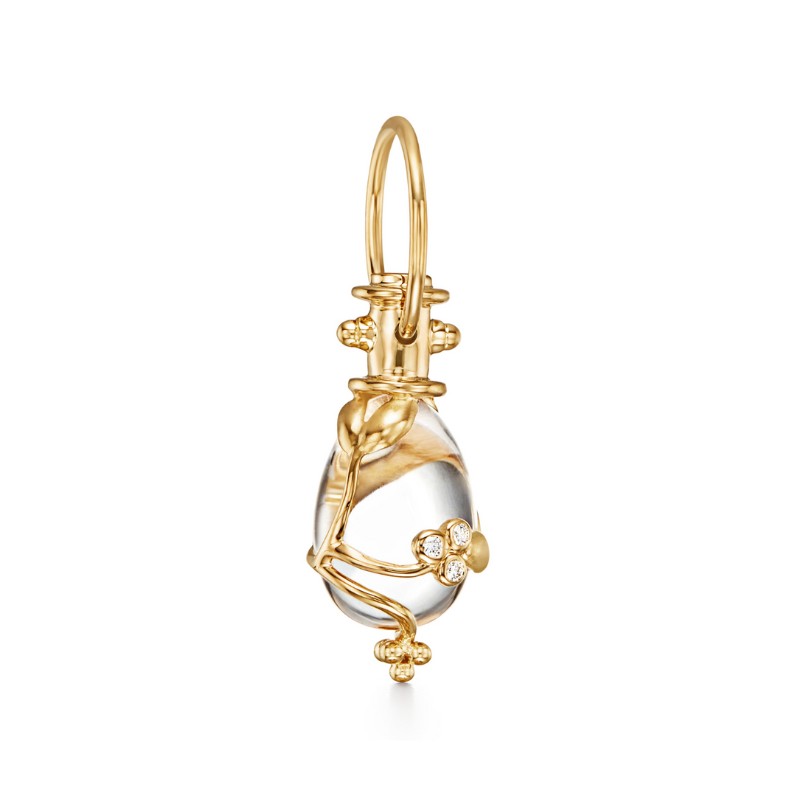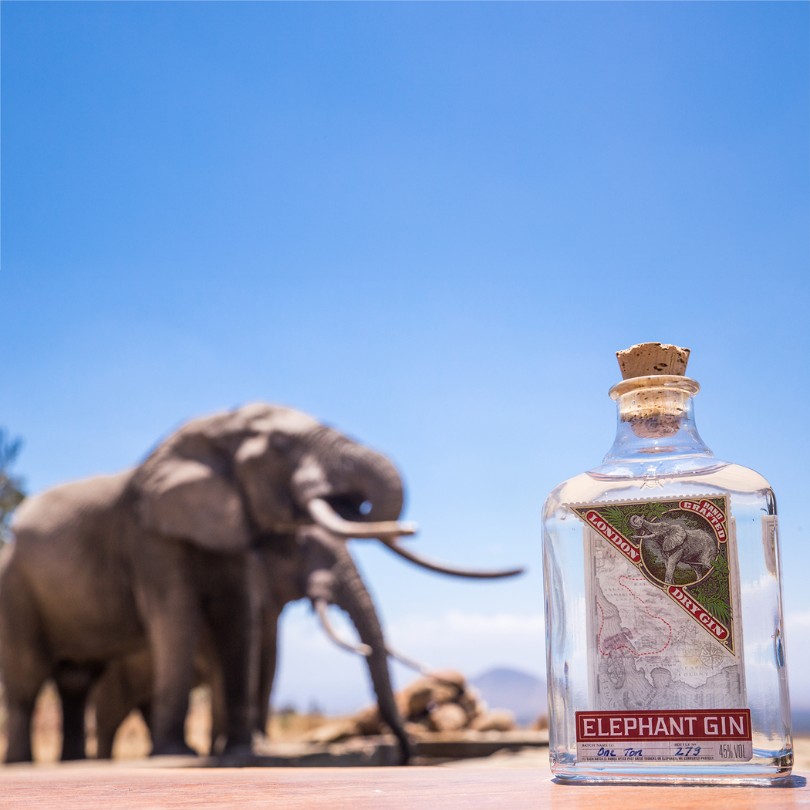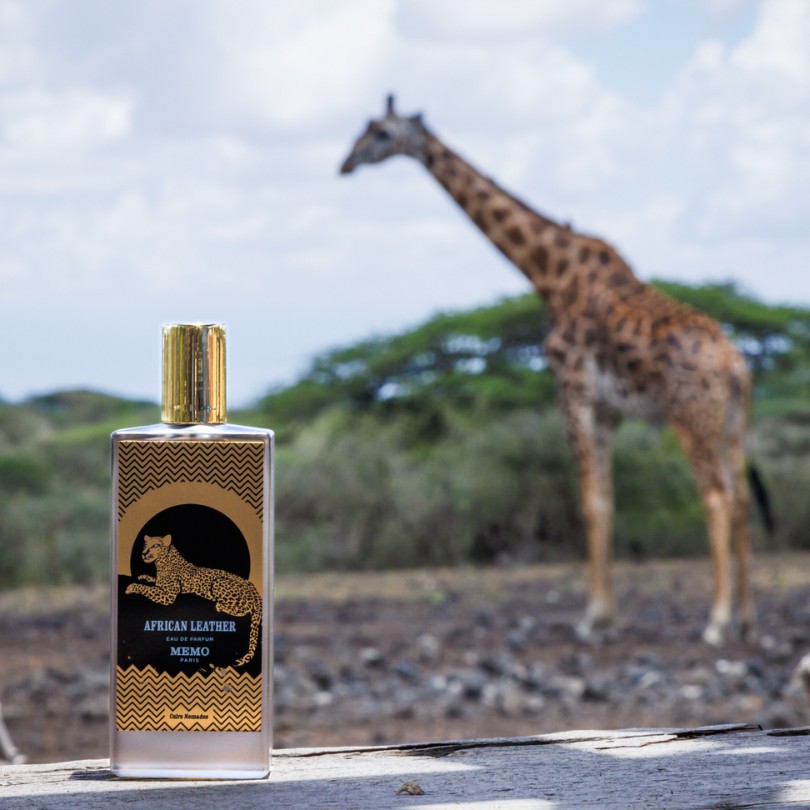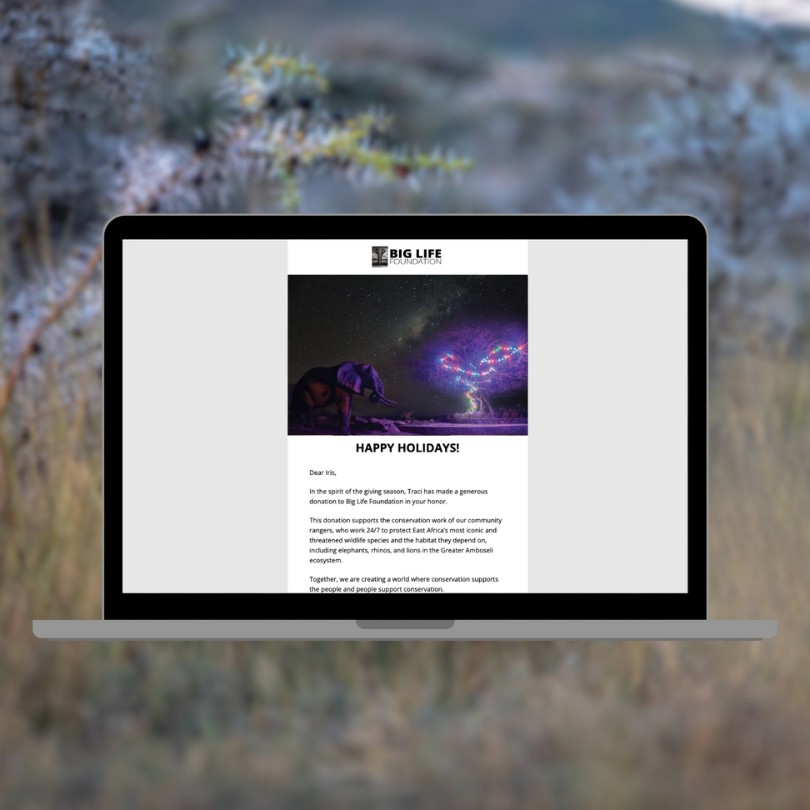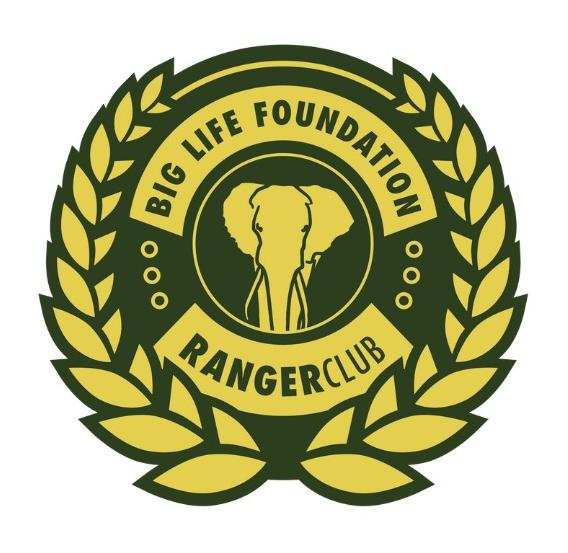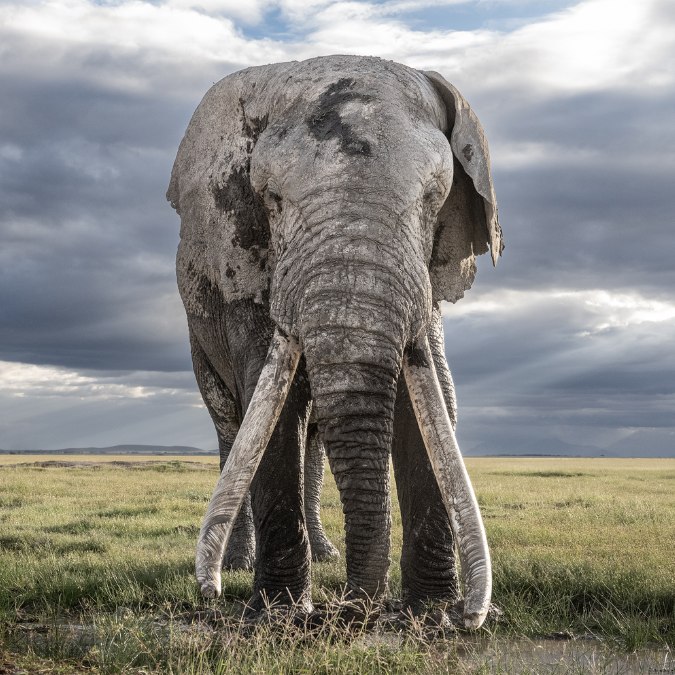
Paolo has a problem: he can’t own land.
He can’t own land because he can’t get an ID, and he can’t get an ID because he’s an elephant.
He’s not just any elephant, he is one of Africa’s biggest tuskers, meaning each of his enormous tusks weighs 100 pounds or more. He was born in 1979 and at 44 years old is in the prime of his life.
Most of the giants like Paolo have fallen, killed by poachers for their increasingly rare ivory. There are likely fewer than 50 remaining tuskers across all of Africa. But in Amboseli, where at least 9 of these giants live, Paolo has been protected by rangers who come from the human communities that he lives alongside.
Njoroke ole Mpere is a leader of one of these Maasai communities. He is of the same generation as Paolo, born only ten years prior. They have survived the same droughts and enjoyed the same times of plenty.
They share more than a generation: they share a home.
Mpere’s livestock and Paolo range widely across this natural paradise, moving in search of food and water as the seasons change. Amboseli National Park is an oasis at the center, home to the life-giving springs and swamps that keep animals – both wild and domestic – alive through the dry season.
But the park is too small to support all of these animals on a permanent basis, and their habitats extend far beyond its boundaries. If animals cannot move freely, they die. It’s that simple.
When animals leave the park, they move through favored routes known as migration corridors, land that is currently owned by the local Maasai communities, but this is changing.
One of the most important of these is the Nairrabala corridor. This vast 37,500-acre area borders Amboseli National Park to the north. Almost 40% the size of Amboseli, it has been used by wildlife throughout history to access key feeding grounds. This is where Mpere lives, and a core part of Paolo’s home range.
If there’s one thing elephants need, it’s space. Without land for giants like Paolo to roam, the ecosystem – and its wildlife – will collapse. Right now, this land is under threat, and we need your help.
The Amboseli ecosystem, including Nairrabala, is being chopped up and subdivided from communally-owned land into tens of thousands of individually-owned parcels.
Now, land is available for anyone to own, and outside buyers (including international developers) don’t necessarily want to share with wildlife, local communities, or livestock. They want to erect fences with ‘Keep Out’ signs.
This is the source of the problem shared by Paolo and Mpere.
To keep this extremely important piece of habitat undeveloped and wild, we are partnering with local communities and offering conservation land leases. Under these voluntary agreements, we will pay lease fees to individual landowners. In return, wildlife can continue to move freely, and landowners will retain full shared access to the area for livestock grazing, while prohibiting fencing and unsustainable uses.
It’s the ultimate win-win.
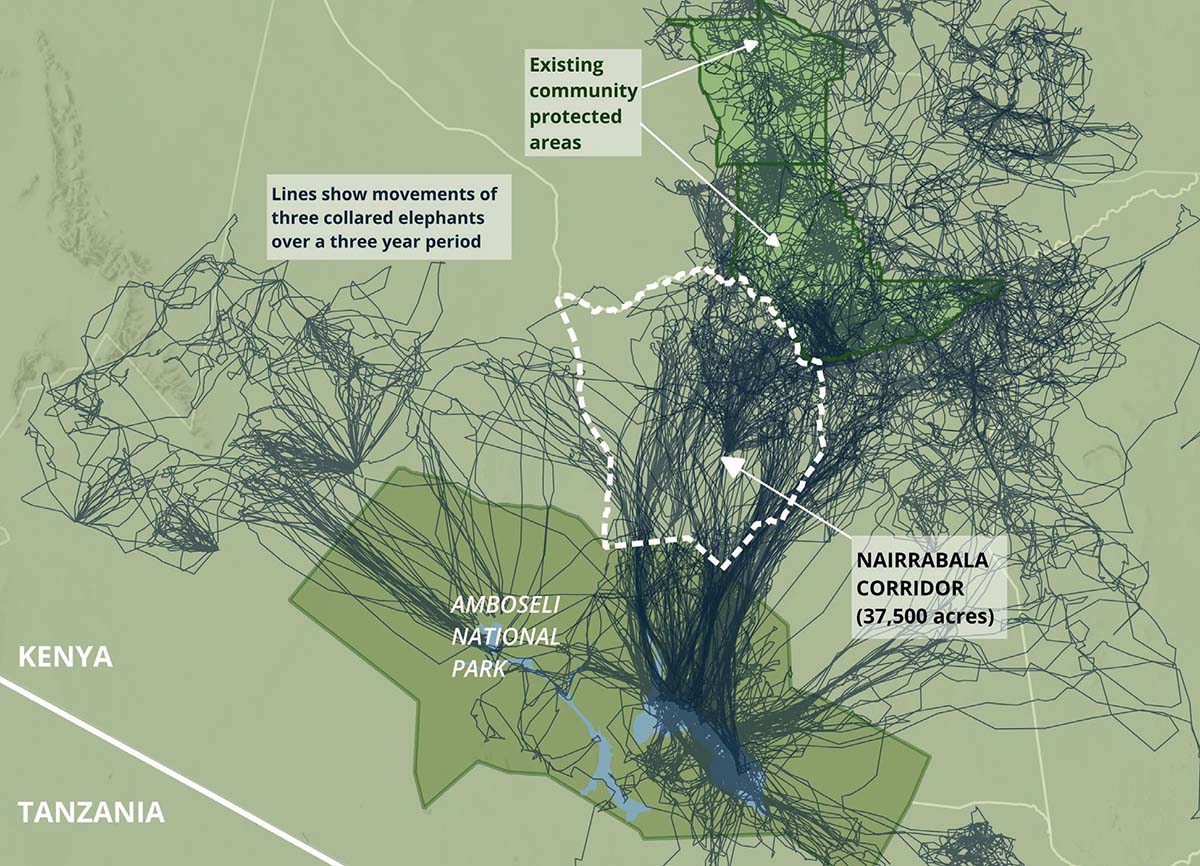 Paolo’s history and above mapping data are thanks to the incredible work done by our partners at the Amboseli Trust for Elephants.
Paolo’s history and above mapping data are thanks to the incredible work done by our partners at the Amboseli Trust for Elephants.
Nairrabala is located within Olgulului Ranch, which is a critical part of the ecosystem because it almost entirely encircles Amboseli National Park. Big Life provided wildlife protection on Olgulului for over a decade, until Olgulului assumed management of those conservation initiatives in 2018. With the emergence of this new threat to the Amboseli ecosystem, Big Life is renewing our partnership with Olgulului to counter it.
The bulldozers and tractors are lining up on the horizon. If we don’t lease Nairrabala, the land and all its inhabitants are at risk. You can help.
We need to raise at least $300,000 to protect it. Each acre costs just under $10 a year to lease, and your donation will help to cover the conservation lease fees paid to the 1,783 landowners for the coming year.
Honestly, this is just the start. Other critical areas will need to be leased by Big Life and our partners in the ecosystem to protect enough space for wildlife. But right now, Nairrabala is the most urgently threatened piece of the puzzle.
Paolo’s problem is a big one, but it can be solved.
If you send a donation today, we can protect Nairrabala and Amboseli’s most important wildlife habitats, maintaining this ecosystem as a haven for giants.
Please donate and join us in taking this next important step. Paolo can’t thank you, but we will.
Images graciously provided by:
James Lewin: Paolo
Jeremy Goss: Njoroke ole Mpere
Philip J. Briggs: Nairrabala Corridor
Amboseli Trust for Elephants: Paolo's history & mapping data

